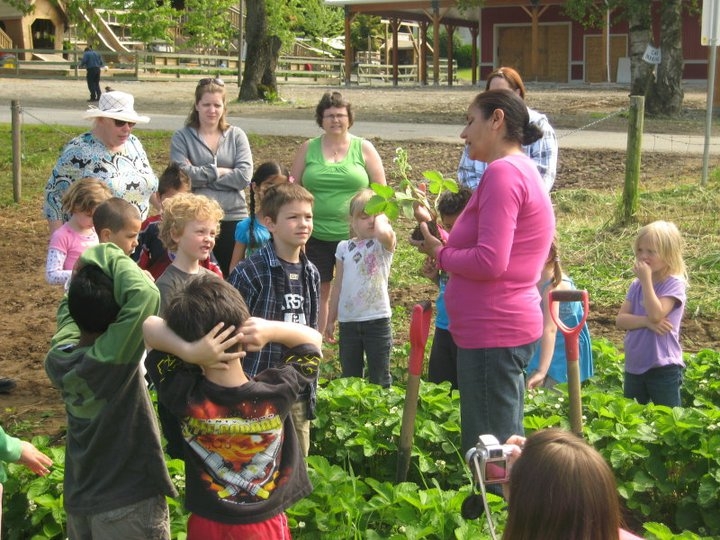By Ronda Payne
The Lower Mainland and Central Fraser Valley of BC have long been the hotbeds of berry growing; but, changing markets, land prices and new varieties have played a major role in changes to berry acreages. Understanding the past trends and hopes for the future help growers better understand how cranberries, raspberries, strawberries and blueberries shape the potential of the berry industry in southwestern BC.
Strawberry futures
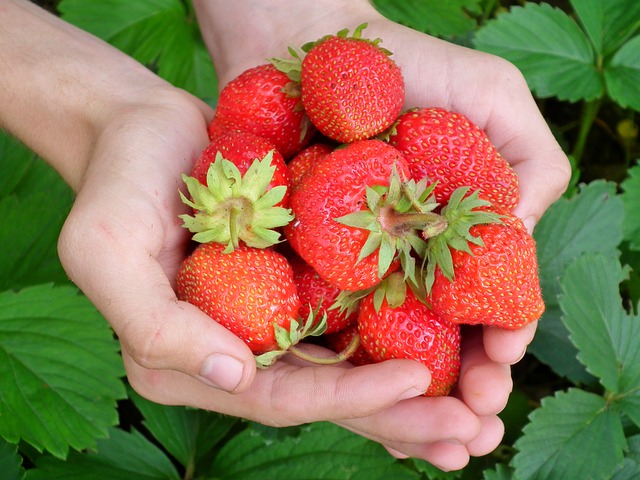
What was once a significantly processed crop has moved into an almost exclusively fresh crop. Strawberry growers have had to learn to adapt in order to extend the season by taking advantage of different varieties.
Alf Krause of Krause Berry Farms & Estate Winery and vice president of the British Columbia Strawberry Growers Association has seen the changes in the 40-plus years he has been growing strawberries.
He notes that the economics of the berry have shifted in favour of other crops in recent decades. Rising land prices, higher fuel costs and a Canadian dollar that was on par with the U.S. dollar most of 2007 to 2014 contributed to a loss of markets for the berries. These increased costs were ultimately responsible for the demise of a major berry processing plant in 2013.
Krause provided information that illustrated the sharp decline. In 1996 processed berries sat at a volume of about 5.3 million pounds and fresh berries added about 2.5 to 3.5 million to the overall strawberry volume. By 2006, processed berries slid to 2 million pounds with an additional 2.5 to 3.5 million fresh. In 2016, processed strawberries made up just 200,000 pounds of the overall production and fresh berries sit at just below 3.5 million pounds.
“There are still major growing pains with the loss of the processed berries sector which was a stabilizing factor in the industry,” says Krause.
He notes that the growing popularity of the day-neutral berry allows for a longer season (mid-May to September) although the primary harvest is still in June. The shift to a fresh market also creates greater demands on berry quality. Growers have had to adapt to the timing of berry availability and how that pairs up with market demands.
The production value of the day-neutrals is higher than the June-bearing, but the yield potential is also higher. Growing the berries is not the challenge. Krause explains there are successful growers using soilless mediums, tabletop methods and greenhouses. The challenge, as it has been for the last 10 years, is the economics.
Strawberries are labour intensive and need specialized equipment as well as knowledge to deal with pests and diseases. The strawberry is stabilizing following its challenges, but growers must be prepared to accept a primarily fresh-only market—at least for the time being.
Strawberry’s loss is blueberry’s gain
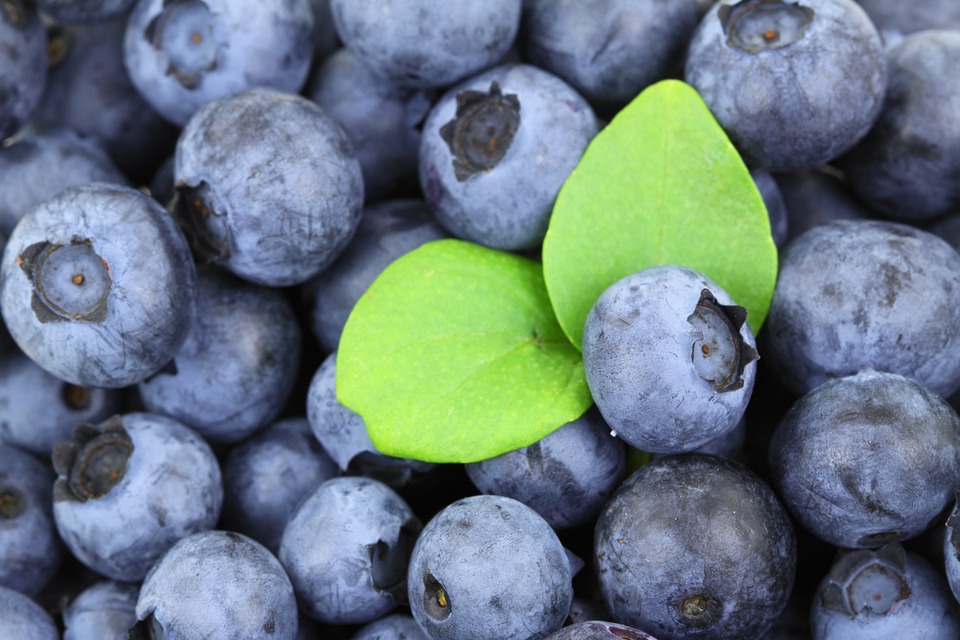
Krause reports that the main shift from strawberries was to blueberries. There are approximately just 500 acres of strawberries while there are 28,750 acres of blueberries.
Debbie Etsell, executive director of the BC Blueberry Council notes that the ORAC antioxidant levels in blueberries promoted in 2004 helped push the growth of the dark-skinned berries.
“We’re in the top 10 for fruits and vegetables,” she says.
Blueberry acreage has grown by about 77% from its 2008 level of 16,200 acres to present-day levels.
“A couple of years ago there was replacement of raspberries because of the pricing, but that’s stopped,” Etsell says. “I would say that there’s been such growth in blueberries that it’s slowed down.”
Unfortunately, returns to growers haven’t been at the levels of the past due to climate and timing issues. The recently approved treaty to export berries to China will potentially improve that situation in the future, but in 2016 it wasn’t enough given the season.
Significant new blueberry planting is unlikely now that most of the suitable land is already planted. What will be seen is current growers adapting to new practices and incorporating new varieties.
Raspberry capital
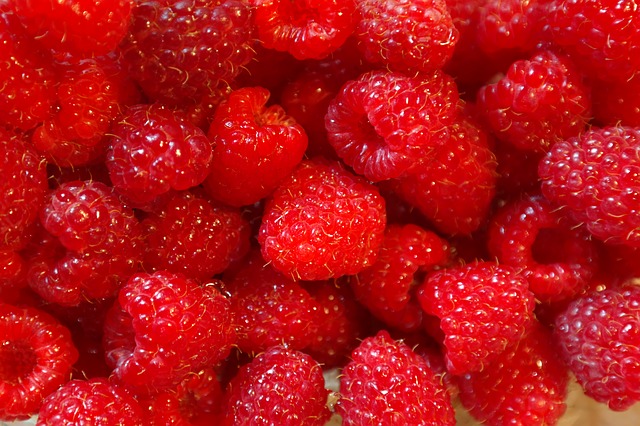
Abbotsford growers have had their challenges retaining the city’s title of “Raspberry Capital of Canada”.
Some acreage in raspberries has been lost in recent years to blueberries, but overall acreage has hovered between approximately 2,000 to 3,000 acres since 2007. According to Arvin Neger, the chair for the BC Raspberry Growers Council, the majority of raspberries grown in BC are found in about a 15 kilometer radius around the Abbotsford Airport as the soil is ideal.
He sees existing growers continuing to develop the industry through replanting and possibly buying more farms.
“The current raspberry farmers are those that have farmed raspberries for decades,” he says. “They are comfortable growing the crop, and they understand the market has its ups and downs.”
The council doesn’t track acreage, but does track yield which fluctuates based on environmental conditions, pests and other factors. Interestingly, the 2007 volume of 16,364,242 pounds is similar to the 2016 amount of 16,779,613.5. The amounts have wavered in the middle years ranging from a low of 12,423,070.5 pounds to a high of 22,741,729.6 pounds.
Neger believes new growers are unlikely to go into raspberries. That being said, if a new grower were interested, sandy soils that drain well are the right medium.
Growth in cranberries
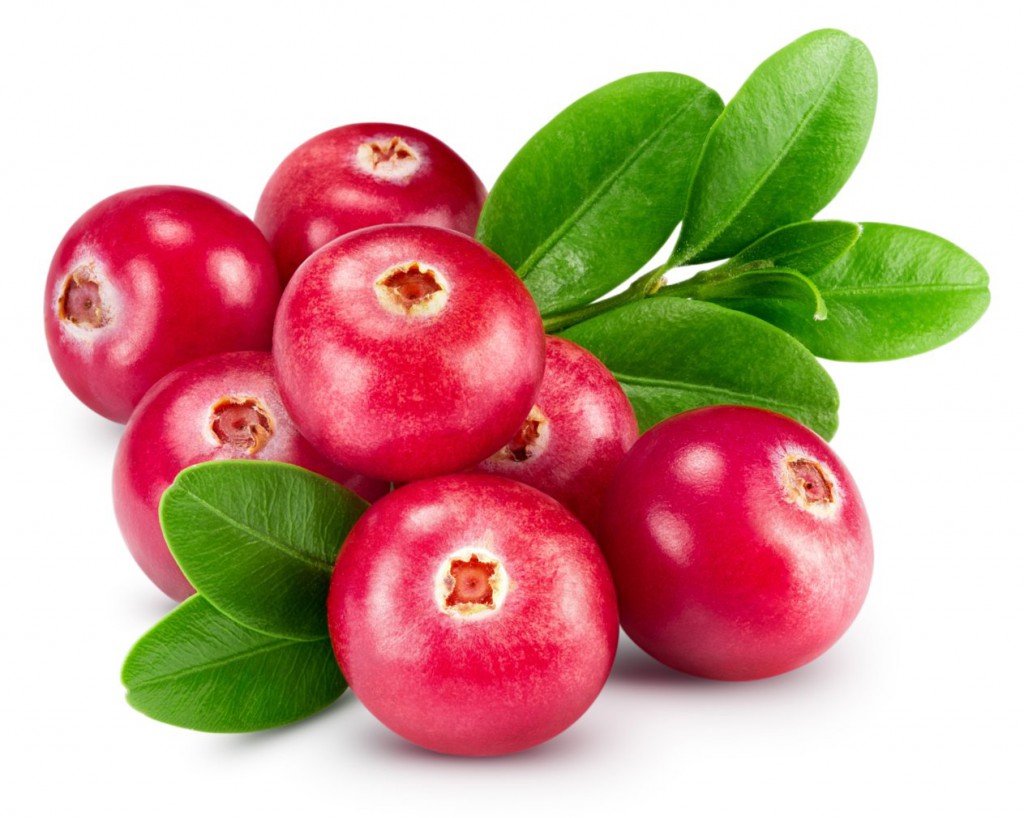
Cranberries have seen a fair amount of growth over the last 10 years given expansion products like juices and Craisins through Ocean Spray. Ocean Spray is a licensed cranberry handler and handles the vast majority of the province’s cranberries, while the BC Cranberry Marketing Commission controls the movement of cranberries within BC.
Brian Mauza, senior agricultural scientist with Ocean Spray of Canada Ltd. notes that the company accepted new cranberry acreages in past years and increased the volume of acres significantly. In 1998 there were approximately 2,800 acres of cranberries; this number grew to 5,300 by 2006 and is at 6,900 acres today.
“The growth is because Ocean Spray opened their allocation to take on more acres because our supply was behind the demand,” Mauza notes. “Supply exceeds demand at present, but existing growers in Ocean Spray A pool are still in a profiting scenario.”
The A pool Mauza refers to is Ocean Spray branded cranberries and cranberry products whereas B pool is commodity cranberries.
When growers added acres, they came from unused or underused land, former vegetable fields, pasture and rarely from blueberries.
Mauza notes that while Ocean Spray is not accepting any new acres now, there is always the option for a grower to join the commodity market and accept the standard $12 to $18 per barrel as opposed to the A pool market which can see upwards of $45 a barrel. Any land can grow cranberries if modified for suitability.
“Cranberries require a well-drained root zone,” he says. “Our primary land base media are peat, sawdust and sand. Water is also a number one requirement. Equipment is very specialized and not used by any other crop.”
In cranberries, like all berries, the cost of land continues to be an issue. Plus, Mauza notes, the shifting demand can create over supply very quickly. As with blueberries, the flow of information about health benefits of cranberries will likely continue to cultivate interest in the crop.
Acreages will continue to shift based on market demands, but land in the Lower Mainland and Central Fraser Valley will remain ideal for berry growing. Whether the dominant berry is blueberries, raspberries, strawberries or cranberries, the desire for delicious BC berries will always exist.












